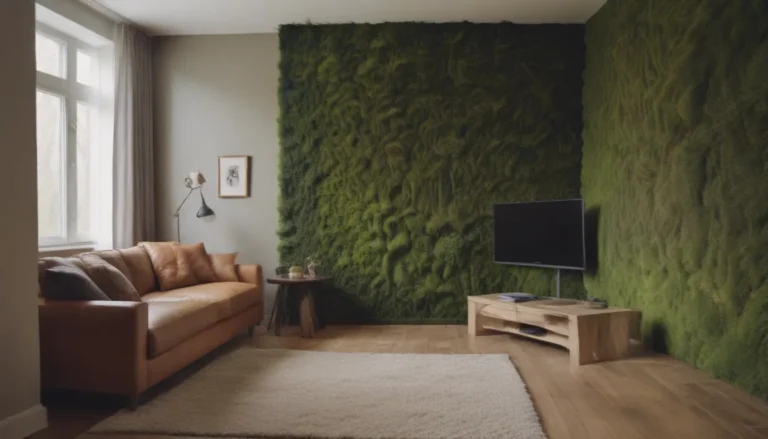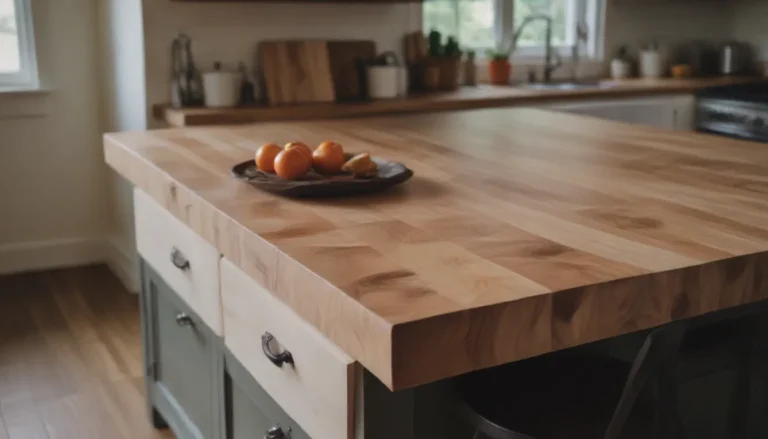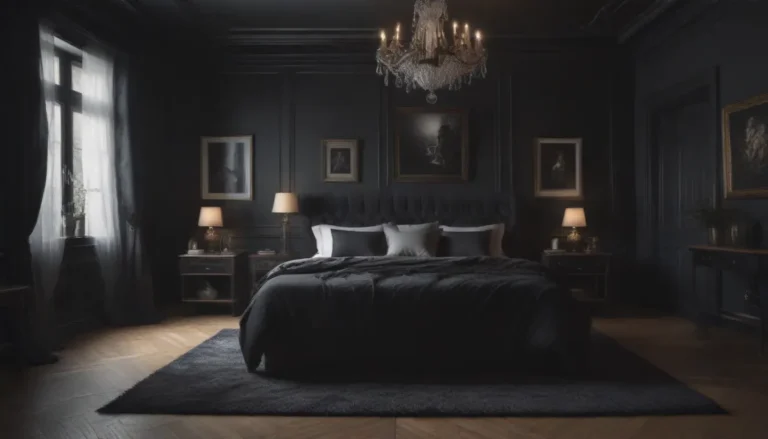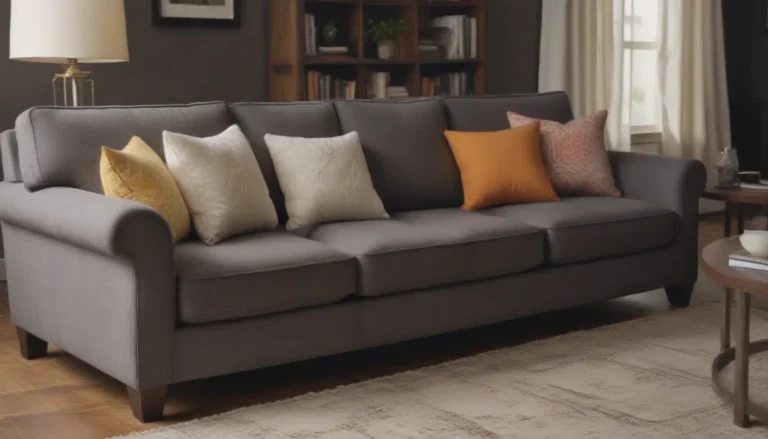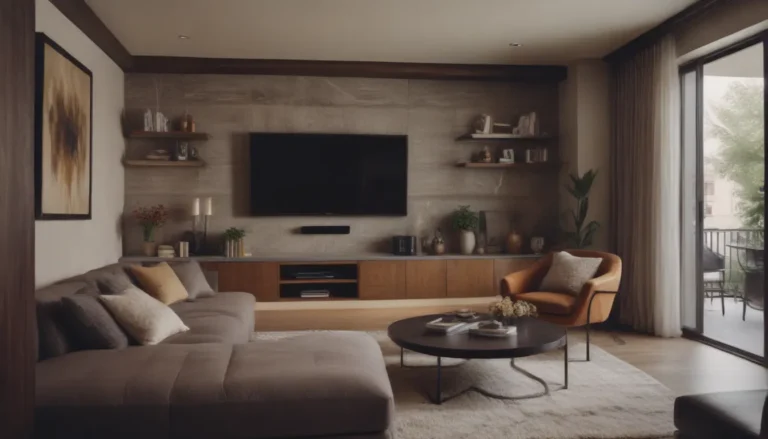Unlocking the Charm of Railroad-Style Apartments: A Comprehensive Guide
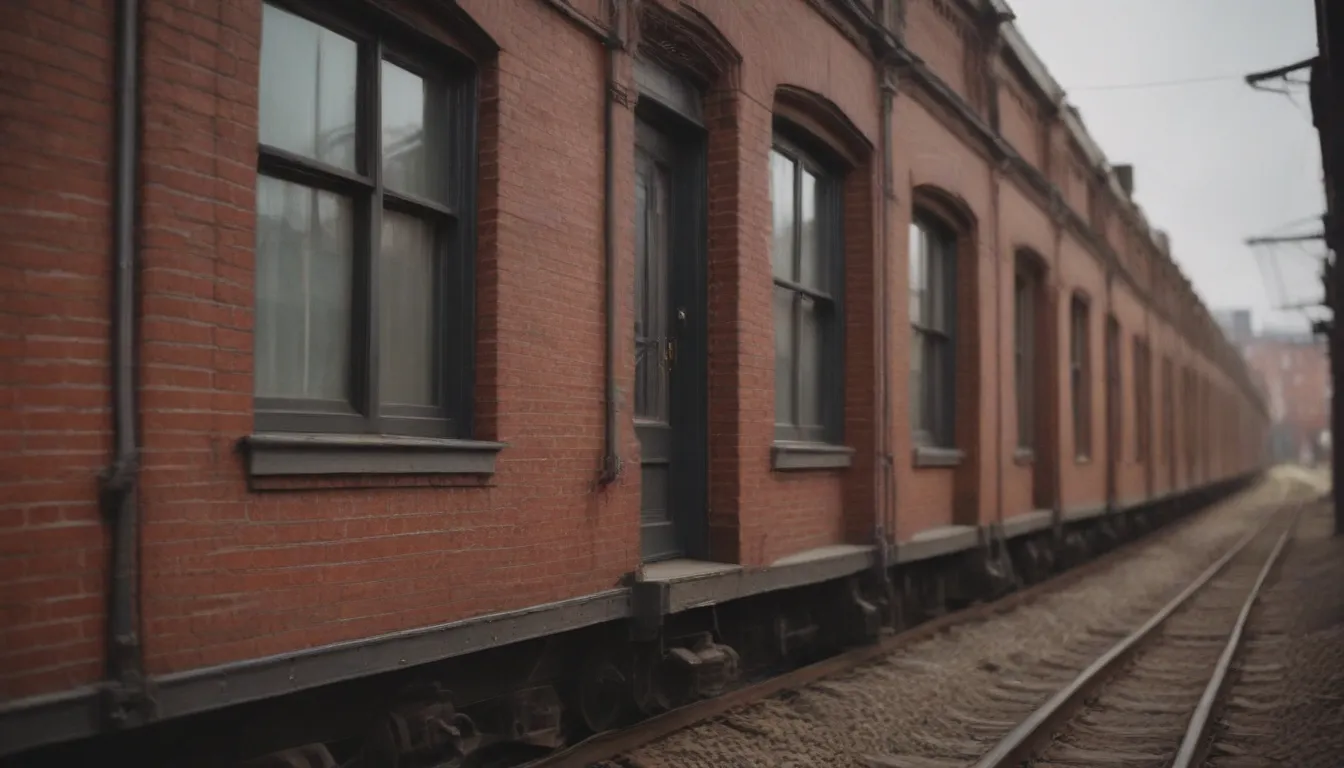
Do you find yourself intrigued by the unique layout and history of railroad-style apartments? Whether you’re a potential renter, current tenant, or just curious about this architectural phenomenon, this article will provide you with all the information you need to appreciate and make the most of these distinct living spaces. Let’s dive into the world of railroad-style apartments and explore their characteristics, pros and cons, history, and tips for decorating.
What is a Railroad-Style Apartment?
A railroad apartment features a layout of succeeding rooms that lead directly into one another. Unlike traditional apartments with hallways, railroad-style apartments have a seamless flow from room to room, reminiscent of the interior of a train car. These apartments are commonly found in older tenement buildings, subdivided brownstones, or row homes. While the lack of hallways may pose design challenges, railroad apartments often boast beautiful architectural details that add character and charm to the living space.
Characteristics of a Railroad Apartment
Railroad-style apartments are unique in their layout and design. Here are some key characteristics that define these distinctive living spaces:
- Each room opens directly into the next, creating a continuous pathway throughout the apartment.
- These apartments often have rooms located at the front and back of the building.
- Central spaces may or may not feature windows, leading to potential issues with natural light and airflow.
- The layout of railroad apartments reflects a response to the overcrowding in cities in the United States during the mid-1800s.
Pros and Cons of Railroad Apartments
Like any type of living space, railroad-style apartments come with their own set of advantages and disadvantages. Here’s a breakdown of the pros and cons to consider before choosing a railroad apartment as your next home:
Pros:
– Compact and efficient living with no wasted space.
– Charming architectural details and character.
– Affordable price point, making them ideal for first apartments or budget-conscious individuals.
– More space for the money compared to conventional layouts.
– Appeals to modern minimalists seeking simplicity and functionality.
Cons:
– Privacy can be a challenge due to the lack of separation between rooms.
– Limited natural light and airflow, particularly in the middle of the apartment.
– Narrow and cramped rooms may feel restrictive.
– Typically located in buildings without elevators or modern amenities.
History of Railroad-Style Apartments
The design of railroad-style apartments dates back to the late 19th and early 20th centuries when urban areas faced overcrowding and limited space for housing. These apartments were built in response to the demand for affordable and efficient living spaces in cities like New York City, San Francisco, Chicago, and Washington D.C. While railroad-style layouts were once considered less desirable due to their lack of privacy and functionality, modern architects and interior designers have found innovative ways to make these apartments livable in the 21st century.
Railroad vs. Shotgun Style Apartments
Railroad-style apartments are often compared to shotgun-style apartments and homes, which were popular in the southern United States after the Civil War. Both styles feature narrow layouts and a seamless flow from room to room. While railroad apartments have a central hallway or multiple entry points, shotgun homes connect rooms directly without hallways. The origin of the term “shotgun” is debated, with some claiming it refers to the layout’s straight-line design resembling a clear shot from the entrance to the back of the house. Despite their differences, both railroad and shotgun apartments share historical roots with the enfilade style of interior architecture found in European palaces.
Tips for Decorating a Railroad-Style Apartment
Decorating a railroad-style apartment requires a thoughtful approach to maximize space and highlight the apartment’s unique features. Here are some tips to help you enhance the charm and functionality of your railroad apartment:
- Use versatile furniture pieces that can serve multiple functions and fit seamlessly in narrow rooms.
- Create visual interest with strategic placement of artwork, mirrors, and decor to enhance the flow between rooms.
- Utilize rugs and lighting to define separate areas within the open layout.
- Incorporate storage solutions like shelves, cabinets, and built-in storage to maximize space and reduce clutter.
- Experiment with different layouts and furniture arrangements to find the best configuration for your lifestyle and needs.
By embracing the historical significance and architectural uniqueness of railroad-style apartments, you can transform your living space into a cozy and inviting home that reflects your personal style and preferences.
Conclusion
In conclusion, railroad-style apartments offer a fascinating glimpse into the past while presenting unique challenges and opportunities for modern-day living. By understanding the history, characteristics, pros and cons, and decorating tips associated with these distinctive living spaces, you can make the most of your railroad apartment and create a comfortable and stylish home that suits your lifestyle. Whether you’re drawn to the charm of historic buildings or seeking a budget-friendly option with character, railroad-style apartments have something to offer for everyone willing to explore their potential.
